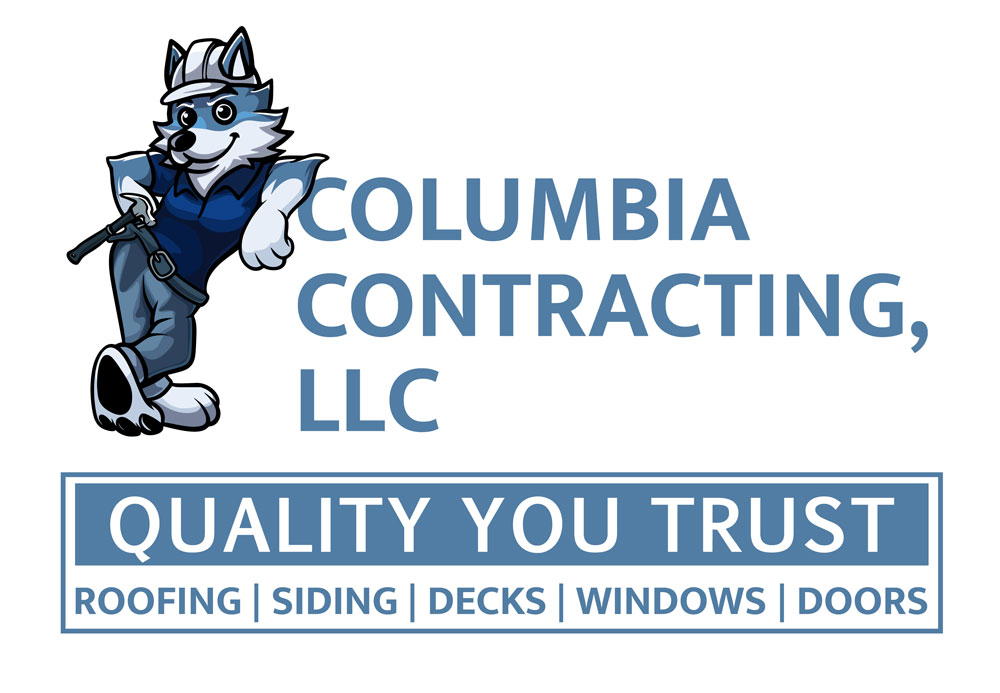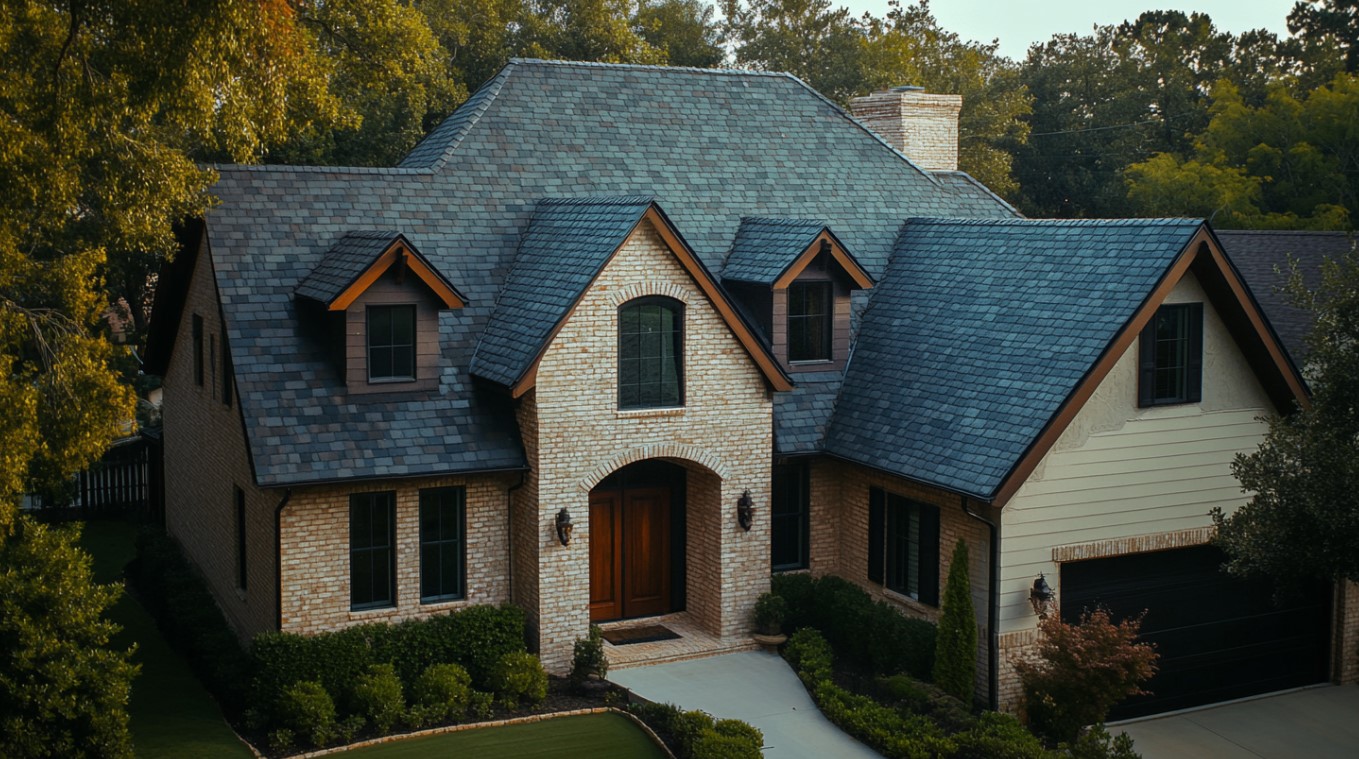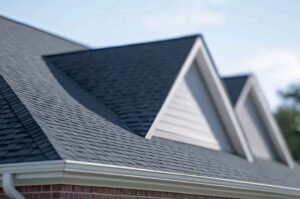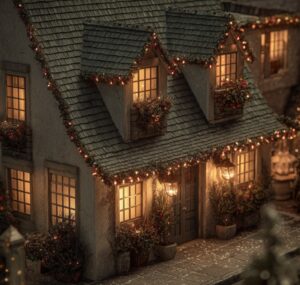Fredericksburg, Virginia is home to some of the most architecturally rich and historically significant properties in the region. But owning a historic home also comes with its challenges—especially when it’s time to repair or replace the roof. Modern roofing materials offer better protection and longevity, but how do you maintain the aesthetic integrity of a centuries-old home?
In this guide, we’ll explore the best roofing options for historic homes, how to approach historical roof restoration, and how Columbia Contracting LLC helps homeowners in Fredericksburg protect their investment without compromising on character.
Why Roofing Matters in Historic Fredericksburg Homes
Roofing isn’t just about protection from the elements. In a city like Fredericksburg—where many homes date back to the 18th and 19th centuries—the roof plays a major role in a property’s architectural identity. Slate, wood shakes, and standing seam metal roofs were common historically. Today, balancing preservation and performance is key.
Common issues with historic home roofs:
- Deteriorated materials no longer produced
- Roofing systems not up to current building codes
- Energy inefficiency due to outdated structures
- Local historic district regulations on roof repairs or replacements
Preserving the historical charm while integrating modern roofing solutions requires a careful approach.
Best Roofing Materials for Historic Homes
1. Slate Roofing
Best for: 18th- and 19th-century colonial and Victorian homes
Pros:
- Extremely durable (lasts 75+ years)
- Authentic appearance
- Fire-resistant
Cons:
- Expensive
- Heavy (requires reinforced roof decking)
Modern alternative: Synthetic slate—lighter, less costly, and nearly indistinguishable from real slate.
2. Wood Shakes and Shingles
Best for: Colonial, Craftsman, and Queen Anne homes
Pros:
- Classic, natural look
- Historically accurate for many home styles
Cons:
- Vulnerable to fire and rot
- Requires regular maintenance
- May not meet fire code in some areas
Modern alternative: Fire-treated wood shakes or wood-look composite shingles.
3. Standing Seam Metal Roofing
Best for: Farmhouses, Federal-style, and late 19th-century homes
Pros:
- Long lifespan (40–70 years)
- Recyclable and energy efficient
- Compatible with solar panels
Cons:
- Can be noisy during rain
- Requires skilled installation
Modern improvements: Today’s metal roofs can be color-matched to historic palettes and feature concealed fasteners for a clean look.
4. Clay or Concrete Tile
Best for: Mediterranean or Spanish-style homes (less common in Fredericksburg, but occasionally found on estate-style properties)
Pros:
- Long lifespan (50+ years)
- Weather- and fire-resistant
Cons:
- Very heavy
- Costly and labor-intensive to install
5. Architectural Asphalt Shingles
Best for: Budget-conscious restorations or homes outside historic districts
Pros:
- Affordable and widely available
- Improved aesthetics vs. 3-tab shingles
- Can mimic wood or slate with certain products
Cons:
- Shorter lifespan (20–30 years)
- Less authentic appearance than other materials
When appropriate, architectural shingles can be a strong compromise between cost, curb appeal, and performance.
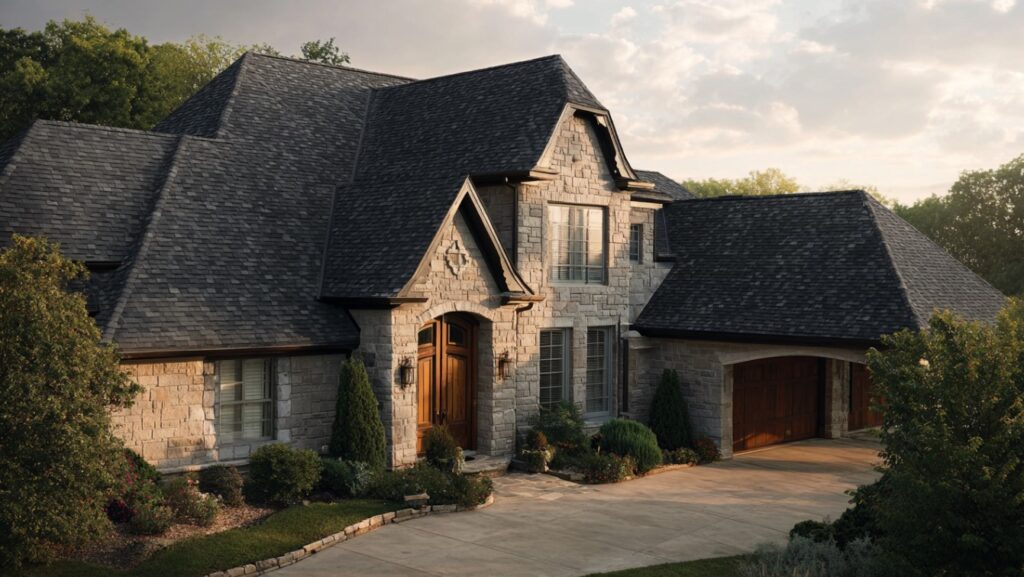
Historical Roof Restoration vs. Full Roof Replacement
Restoration
If your historic roof still has structural integrity, restoration may be possible. Restoration involves:
- Replacing damaged tiles or slates
- Repairing underlayment and flashing
- Cleaning and resealing
This preserves as much of the original material as possible and may satisfy local preservation requirements.
Replacement
When restoration isn’t feasible—due to water damage, rot, or structural risk—a full roof replacement may be the safer option. This is especially true if:
- The roof fails energy or safety inspections
- Materials are no longer manufactured
- Your insurance company requires replacement for coverage
In either case, Columbia Contracting LLC works with homeowners to evaluate the structure, identify code requirements, and propose historically appropriate solutions.
Fredericksburg’s Historic Preservation Guidelines
Homeowners in Fredericksburg’s historic districts must follow guidelines from the Architectural Review Board (ARB). Key requirements include:
- Approval for visible exterior changes
- Matching roof materials to historical records
- Avoiding synthetic products without ARB approval
It’s important to partner with a contractor who understands local preservation codes. We ensure that all roof repairs or replacements comply with Fredericksburg’s regulations.
Performance vs. Preservation: How to Choose the Right Roof
Questions to ask when choosing a roofing material:
- Is the home located within a historic district?
- Do you have original architectural plans or photos to guide the restoration?
- What are your goals—authentic appearance, low maintenance, energy efficiency, or cost savings?
- How long do you plan to live in the home?
- Is the structure strong enough to support traditional materials like slate or tile?
Our roofing experts assess these factors to help you choose a material that strikes the right balance.
Case Study: Restoring a Victorian Roof in Downtown Fredericksburg
We recently completed a roof restoration on a late 1800s Victorian home near Caroline Street. The original slate roof had deteriorated beyond repair, and the homeowner wanted a durable, historically accurate replacement without exceeding budget.
Our solution:
- Installed synthetic slate shingles that replicate the appearance of real slate
- Upgraded flashing and ventilation systems for modern performance
- Coordinated with the city’s ARB for all approvals
Result: A roof that blends seamlessly with neighboring homes while offering decades of low-maintenance protection.
How Columbia Contracting LLC Helps Historic Homeowners
We specialize in working with historic properties throughout Fredericksburg and surrounding areas. Our services include:
- Historical roof inspections
- Slate and metal roof restoration
- Full roof replacements with historically appropriate materials
- ARB application support and documentation
- Structural reinforcement for heavy materials
- Insurance coordination for storm-damaged historic roofs
With over 10 years of roofing experience in Virginia, we’ve seen it all—from 1700s colonial homes to early 20th-century bungalows.
Key Takeaways
- Historic homes in Fredericksburg require thoughtful roofing solutions that balance appearance, performance, and preservation.
- Materials like slate, metal, and wood shakes are historically accurate but may have modern alternatives that offer better durability.
- Restoration is ideal when feasible, but replacement may be necessary for safety or insurance compliance.
- Always work with a contractor familiar with Fredericksburg’s historic preservation guidelines.
Ready to Protect Your Historic Home?
Whether you’re restoring a centuries-old slate roof or exploring modern alternatives for your historic Fredericksburg home, Columbia Contracting LLC can help. Contact us today for a free roof inspection and personalized consultation.
